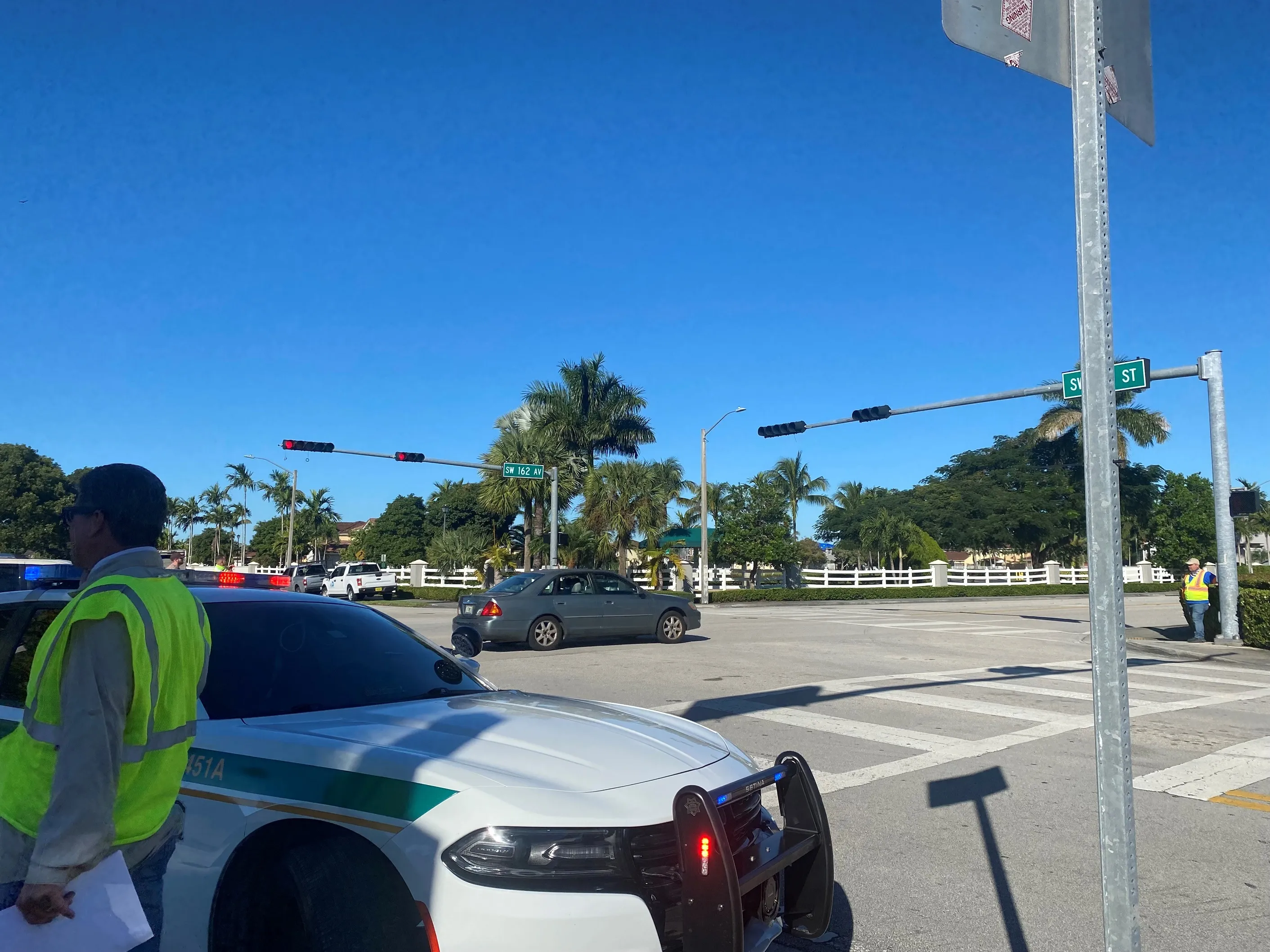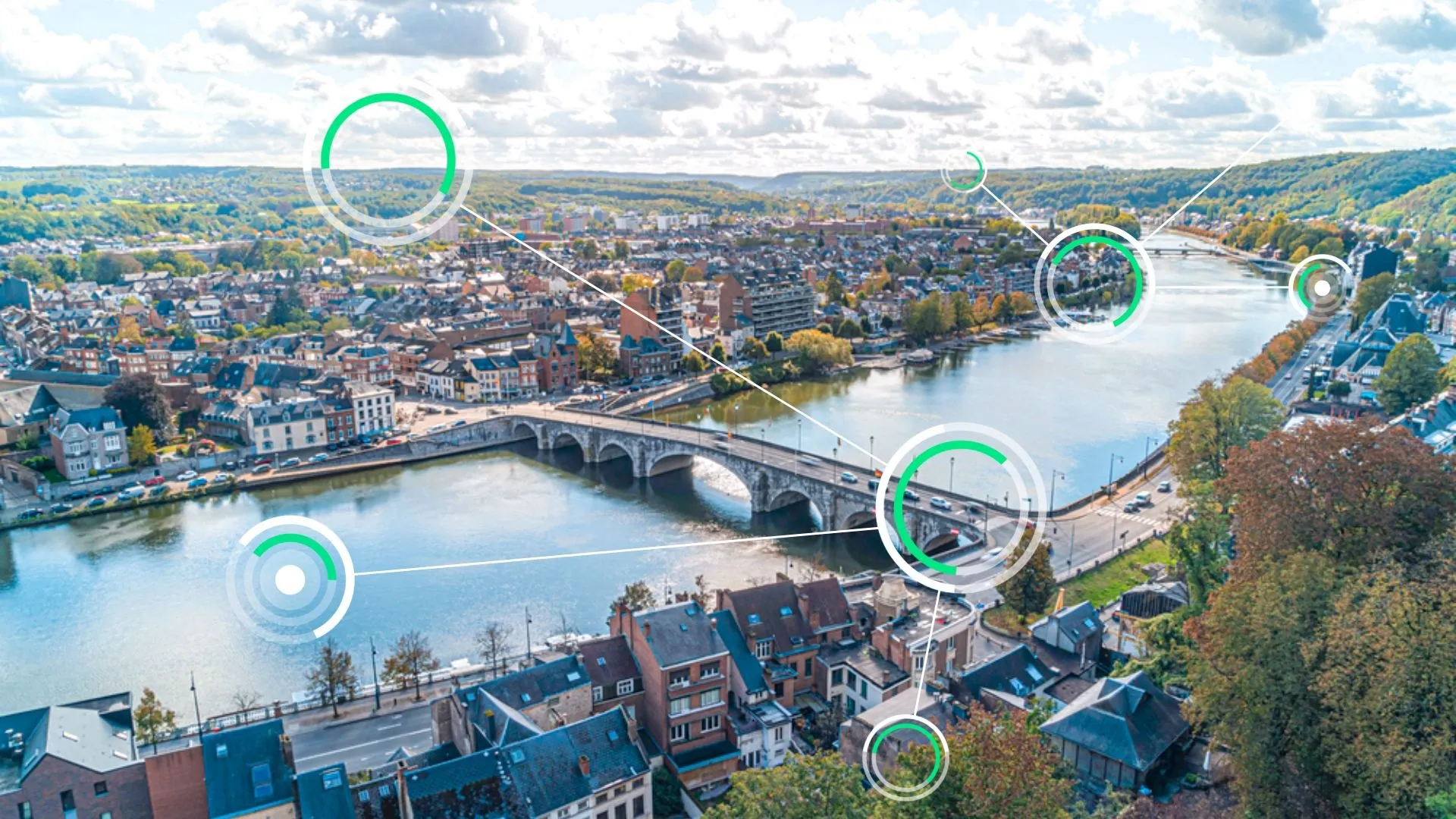
Yunex Traffic and Lyt are to help first responders get more safely and quickly to incidents in a deal with the City of Seattle Department of Transportation (SDoT) and the University of Washington (UW).
The firms announced their partnership in the US Pacific Northwest earlier this year. In this contract they will deploy Lyt’s NextGen emergency vehicle preemption solutions with Yunex's traffic management system for 32 signal intersections - rising to a total of 50 - throughout the UW campus.
The aim is to improve emergency vehicle travel time to the two ERs in the area by implementing a 'green wave', enabling traffic signals to adjust, based on real-time congestion, to clear traffic in advance of approaching first responders.
It will rely on communications between the Seattle Fire Department (SFD) CAD/AVL system and the SDoT central ITS software suite, with vehicles talking directly to networked traffic signals through the Lyt.speed cloud platform.
Rodney Mathis, CEO of Yunex Traffic US, says: “Our combined technologies will make a significant impact on the lives of residents and commuters throughout Seattle and the University region.”
NextGen "drastically makes intersections safer for everyone, and it improves the response time for emergency first responders", said Tim Menard, CEO and founder of Lyt.
The deployment is part of an approved grant for the multimodal Integrated Corridor Mobility for All (MICMA) project.










